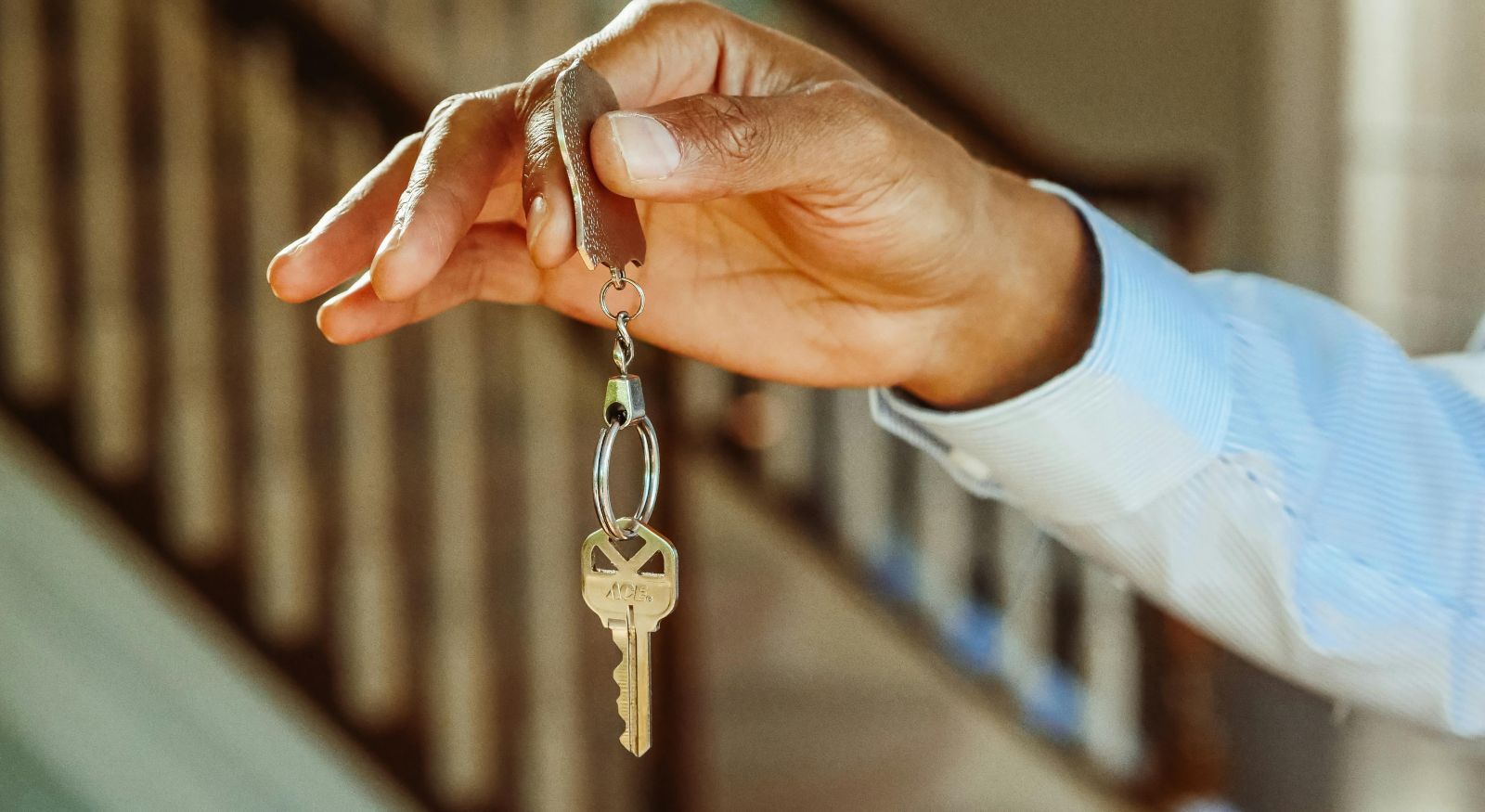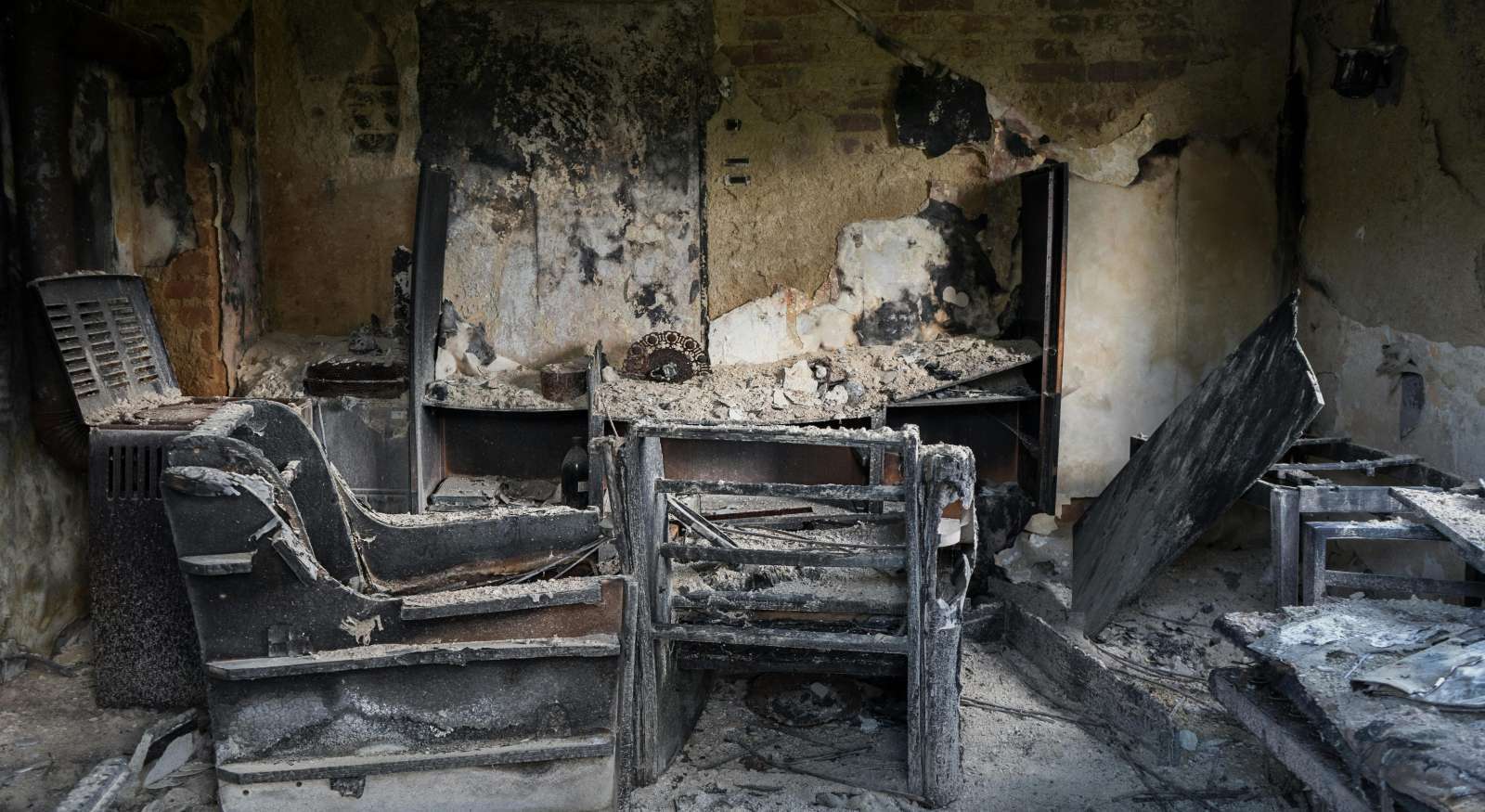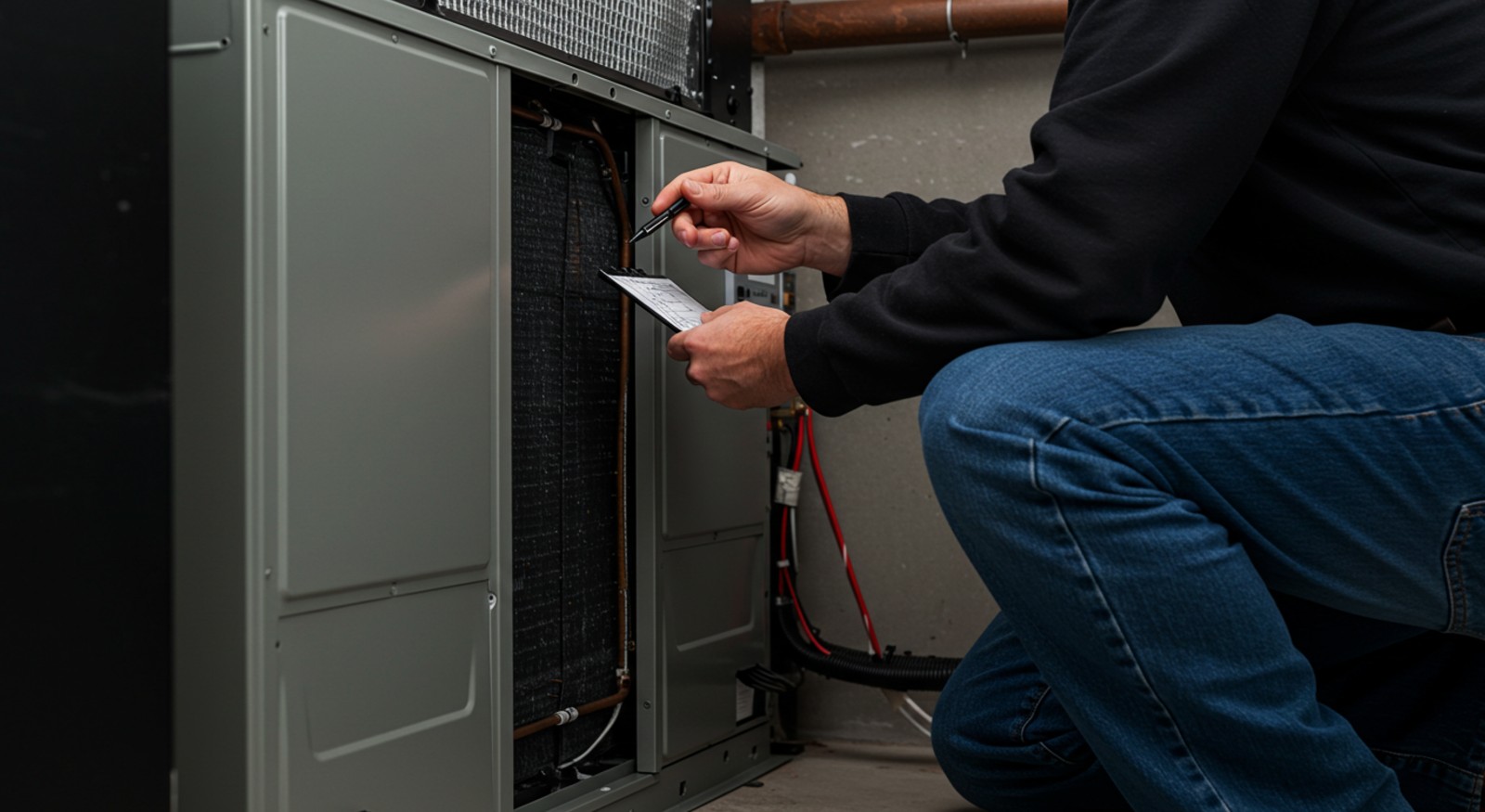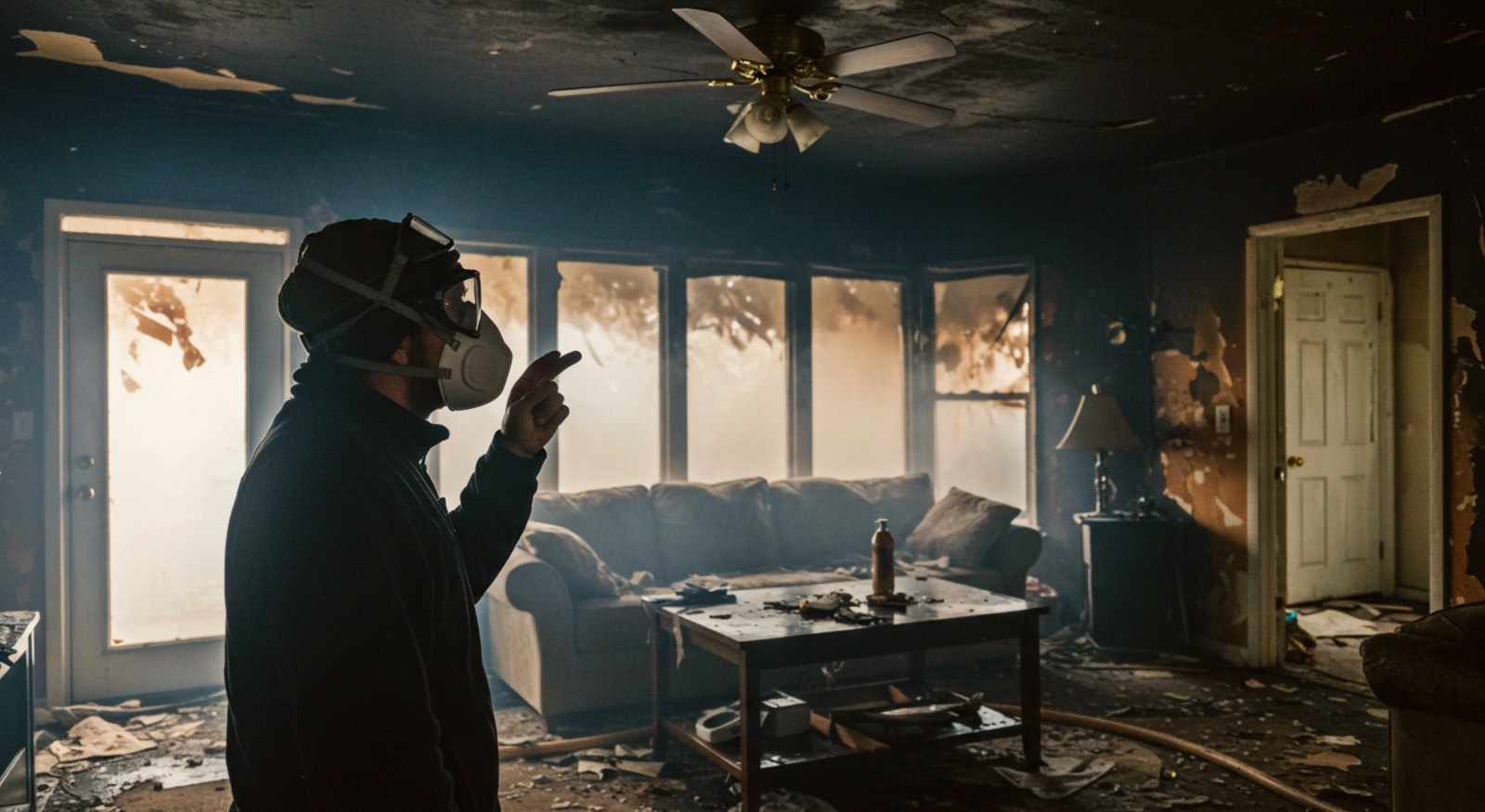How to Clean Mold from Wood Furniture: A Step-by-Step Guide
September 22nd, 2025
4 min read
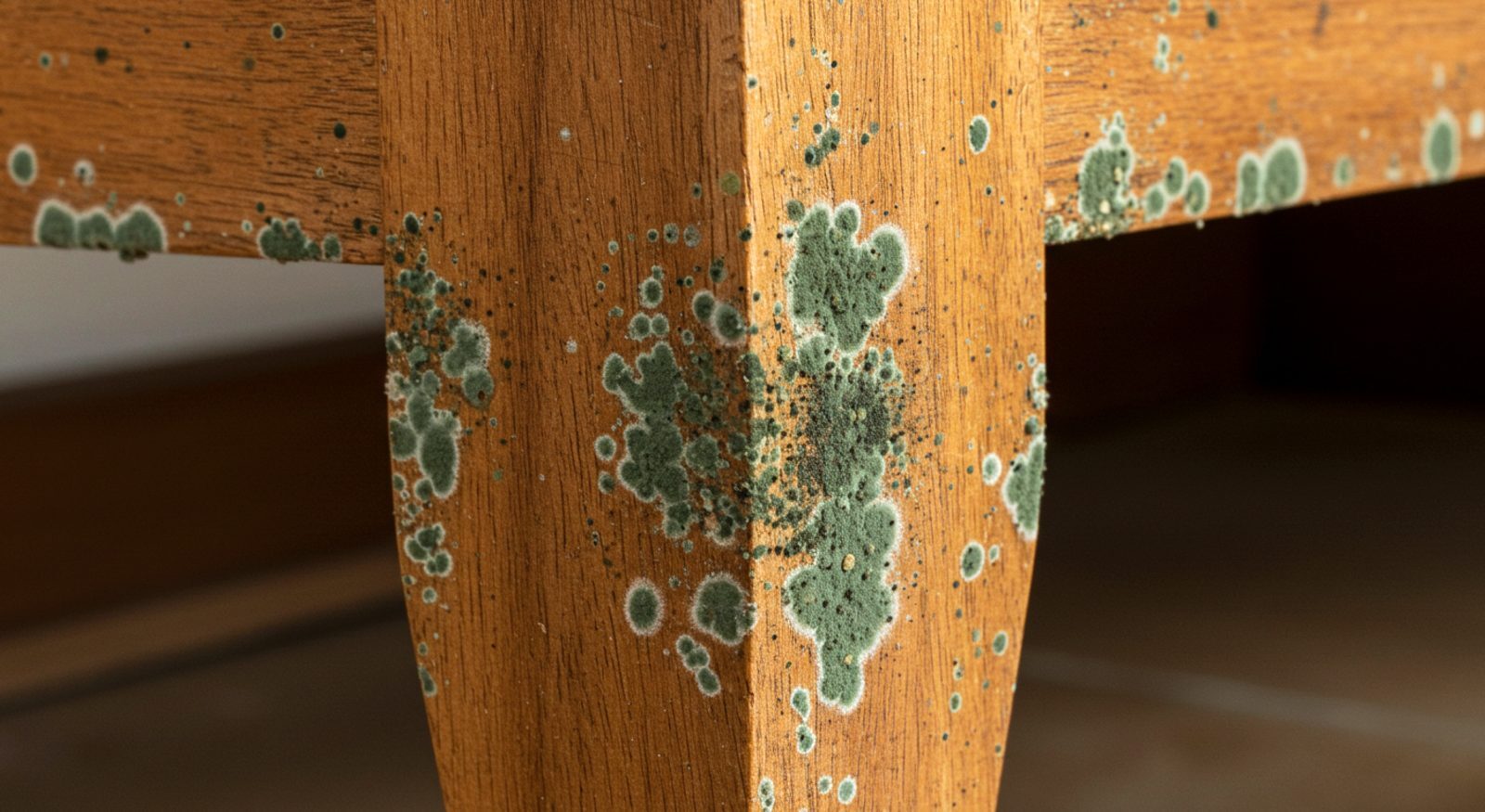
Have you noticed dark, fuzzy patches creeping across your wooden furniture? Are you worried these spots could permanently damage your furniture — or even harm your family’s health? Well, you're not alone, and the good news is that mold on wood can be safely and effectively removed.
At Restore-It, we have helped countless homeowners rescue mold-damaged furniture. In this article, we will outline the exact steps we use, including how to confirm it's mold, the safest cleaning methods for different wood finishes, and simple prevention tips to prevent mold from returning.
Where Does Mold Come From, Anyway?
Mold spores are always present in the air. While harmless outdoors, they can cause problems inside by feeding on wood furniture. For mold to grow, it needs moisture, warmth, and poor airflow.
The leading cause is moisture, which can come from:
- High Humidity: When indoor humidity levels rise above 50%.
- Leaks and Spills: Direct water from leaky pipes or windows.
- Poor Airflow: Dampness gets trapped behind furniture placed too close to walls.
Mold grows best in the same warm temperatures that humans prefer (65-75°F), making moisture control the most critical factor in preventing it.
A Checklist to Make Sure It Is Mold
Before you grab your cleaning supplies, let's make sure you are actually dealing with mold. Sometimes, a dark spot is just a harmless stain or a natural part of the wood. Knowing what to look for is the first step to solving the problem, so here is what to check for:
- Texture: A fuzzy, velvety, or slimy surface.
- Color: Spots that are black, green, or white.
- Smell: A musty, damp, or earthy odor.
It's likely NOT mold if:
- It’s a flat, dark stain with no texture (probably a water stain).
- It's a dark spot that’s clearly part of the natural wood grain or a knot.
- There is no musty smell.
However, if it looks and smells like mold, it's time to clean it.
Preparing for Cleaning Mold from Wood
Now that we have addressed why and when mold will attack your wood furniture, it's time to discuss how to prepare for the cleanup. This step is super important, so please don't skip it. Cleaning mold can release spores into the air, and you don't want to inhale them.
Your Safety Toolkit:
- Get an N95 mask to block tiny spores from getting into your lungs.
- A pair of goggles will keep spores out of your eyes.
- Use rubber gloves to prevent mold from coming into contact with your skin.
Your Cleaning Supplies:
- HEPA Vacuum: A vacuum with a HEPA filter will trap the tiny spores, rather than just blowing them back into the room.
- Soft Brush & Microfiber Cloths
- Cleaners:
- Gentle Touch: Mild dish soap and water.
- Everyday Use: Distilled white vinegar. The acid in it kills most mold.
- For Tough Stains: 3% hydrogen peroxide.
- For Drying & Smells: A clean towel, a fan, and some baking soda.
Set Up Your Workspace:
The best place to clean moldy furniture is outside on a calm day. If you can't move the furniture, get help; otherwise, you will be spreading the spores indoors. You can also lay a plastic sheet on the floor under the furniture to make cleanup easy.
The Guide to Clean Mold from Wood Furniture
The best way to clean depends on the finish of your furniture. Always start with the gentlest method. You can move on to stronger ones if needed.
Step 1: Get Rid of Loose Spores
First, always remove surface spores before adding liquid cleaners. Grab your HEPA vacuum and use the soft brush attachment. Gently vacuum all the moldy spots. This will suck up the spores safely. You can also use a soft brush to sweep the mold directly into a garbage bag. Just remember to be gentle.
Step 2: Clean Finished Wood (Shiny Surfaces)
Most furniture has a clear coat, like varnish or lacquer. This finish is a great barrier that often prevents mold from penetrating the wood.
- Mix Your Cleaner: In a spray bottle, mix one part white vinegar and three parts water. A few drops of dish soap in a bowl of water also works well.
- Dampen Your Cloth: Get a microfiber cloth slightly damp with your solution. It should not be dripping wet! Too much water will only worsen the problem.
- Wipe Gently: Clean the areas in small sections, rinsing your cloth frequently.
- Rinse and Dry: Use a second cloth dampened with plain water to wipe off any vinegar residue. Right after, use a dry towel to absorb every last bit of moisture. Point a fan at the furniture to help it dry completely.
Step 3: Deep Clean Unfinished Wood or Tough Stains
Unfinished wood is like a sponge; mold can soak in deep. This means you will need a stronger approach.
- Do a Spot Test: Before you start, test your cleaner on a hidden spot, like the back of a leg, to ensure you won’t stain the wood.
- Use Hydrogen Peroxide: For stubborn stains, lightly spray 3% hydrogen peroxide on the spot. Let it sit for about 10 minutes, then gently scrub with a soft brush and wipe it clean.
- Sanding (Last Resort): If the stain persists, lightly sand the area with fine-grit sandpaper. Remember to wear your mask! Sand with the grain of the wood, then vacuum up all the dust with your HEPA vacuum. You will need to refinish the spot with stain or sealant afterward.
Step 4: Kick That Musty Smell to the Curb
Even after the mold is gone, a musty smell can linger. A simple solution is to sprinkle baking soda over the furniture. Let it sit for a few hours, then vacuum it up. You can also place activated charcoal inside drawers to absorb odors.
The Key to Keeping Mold from Returning: Prevention
You did it! The mold is gone. Now, let's make sure it stays that way. Stopping mold is all about controlling moisture.
- Lower the Humidity: Get a hygrometer to measure the moisture in your air. You can find very affordable ones in most commercial centers. Additionally, to keep the humidity below 50%, consider using a dehumidifier, especially in basements.
- Let the Air Flow: Pull your furniture a few inches away from the walls. This allows air to circulate and prevents moisture from becoming trapped.
- Fix Leaks Fast: Check for any drips from pipes or windows. If you find a leak, repair it immediately.
- Dust Often: Cleaning regularly prevents mold spores from settling.
You've Got This! Now what?
You started this article concerned about the dark spots and musty smells that threatened your wood furniture — and possibly your health. Now, you know how to confirm whether it’s mold, remove it safely step by step, and take simple precautions to keep it from coming back.
If the mold growth exceeds ten square feet or you prefer not to handle the cleanup yourself, our team at Restore-It can step in. We will assess the damage, create a safe removal plan, and help you enjoy a fresh, mold-free home with confidence.
Curious about whether you should handle mold yourself or hire help? Check out our article on "DIY vs Professional Mold Remediation: Pros and Cons" to learn more!
Topics:








